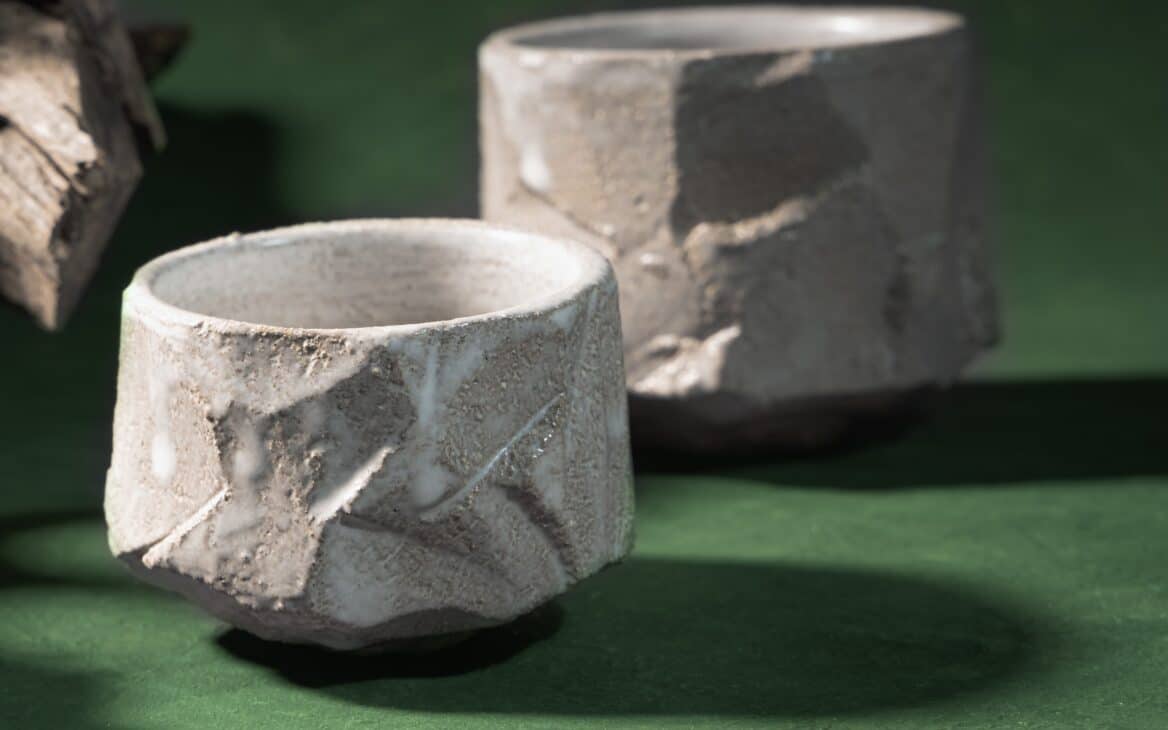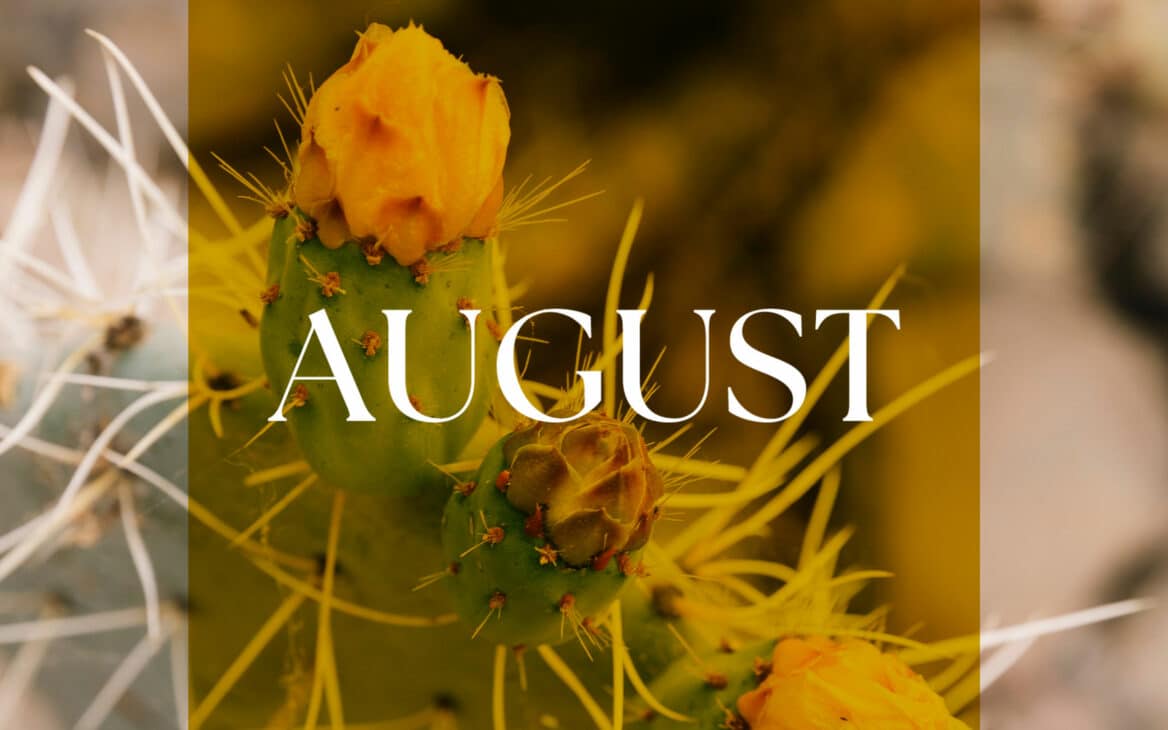The sentiment of joy is exquisite. I think it is one that we have all experienced at some time and it includes feelings of openness, non-partiality and a willingness to be surprised. The journey through yoga is one that guides toward the experience of greater joy, and this happens over time, along a continuum, whereby our sense of joy becomes more rarefied and refined.
Joy and delight are thought to be the innermost sheath within the body called the ananda-maya-kosha in Sanskrit, and as we slough off the outer layers of our ego identity, we just might be able to “taste” the feeling of ananda (joy) within. We could say that the entire yogic process involves moving through the bodily sheaths. This includes clarifying the emotional body. It takes time and (lo and behold) practice to incubate feelings of real contentment. As a culture, we may tend more readily toward attitudes of disgruntlement, dissatisfaction and have feelings of malaise. We may not like our marriage, our neighbors, our body size, our job or our president—or all of the above. So this taste of joy (I use taste because it is often likened to nectar) may not come about easily.
The experience of joy falls within a spectrum of outer, inner and inner-most association with joy. Outer joy is more like excitement, involving a quick flash of pleasure. It stems from either thrill or some animated feeling. This is typically felt more at the periphery of our bodies. It comes about through visual stimulation, food, sex or immediate gratification of all kinds. It is fair to say that much of our contact with joy occurs at this level and, due to the short life span of the experience, we are driven to pursue more.
Inner joy suggests contentment, contentment that is more refined than the quick pulse of pleasure. This joy can be both outward and inward focused. It often includes other people and is prompted by circumstances that have real meaning. These are experiences that engender heart-felt connection and may include feelings of empathy and understanding. As we become more refined in our sense of delight, our appreciation for the small things in life deepens. This inner joy is sustained by a knowing that life is precious and fragile. This may include an appreciation for ordinary, every-day occurrences, such as watching clouds gather in the sky, seeing our child step off the bus, meeting a stranger, or reading about the lives of others.
The inner-most joy is not dependent on outside stimuli, but rather exists independent of any source. This joy is borne along by prana itself, that is it is in our subtle body. This joy is self-sustaining. It does not become depleted when times are rough and does not inflate when there is success. Rather it is a joy that is characterized by ease. When one loosens one’s grip, is no longer driven to be perfect and has the confidence to lean forward into a world that may or may not be secure, then one abides in true equanimity and joy. The process of moving from outer to inner, distilling the sense of delight down to its most fine and delicate qualities, is a central part of the path of yoga.


